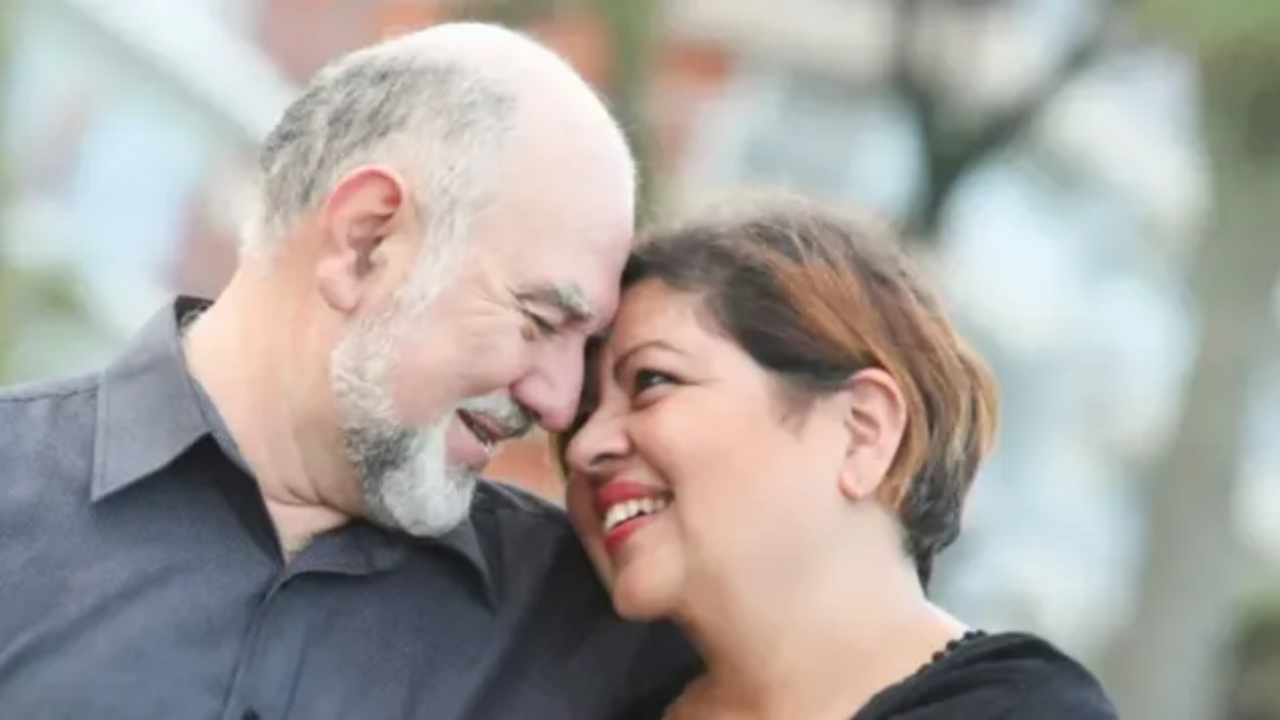What Do You Need To Know About Asexuality?
Dec 05, 2019I believe that every therapist, and certainly all sex therapists, should be prepared to work with asexual, or “ace” people. Some might assume that sex therapists don’t have anything to offer asexual clients. I can understand the misconception: what could a therapist who specializes in sex issues have to offer someone who has little or no interest in sex? However, NOT wanting sex is just as valid as WANTING sex, and both can create relational stress in certain circumstances—which you might be called upon to work with in therapy.
Asexuality is one of the topics therapists ask me about frequently, so I’m going to provide a very brief primer on asexuality here, focusing specifically on challenges therapists have asked me about. There is much more to know; check out these online resources about asexuality:
The Asexuality Visibility and Education Network
Trevor Support Center: Asexual
50 Shades of Attraction: Understanding the Asexual Spectrum
If you’re going to work with asexual clients, there are a few basic things you must know. Asexual people and everyone in that ballpark (ace, demi-sexual, aromantic, grey-a, etc.) are marginalized populations. That means they get discriminated against as a result of people either having misconceptions and misinformation about them, no information about them, or believing they are in some way inherently bad, wrong, or broken. When you work with marginalized populations in therapy, it is extra important that you know enough about their identity (in this case, asexuality) to avoid causing harm.
Happily, my blog post, a little online browse, and an open mind should be sufficient to get started. There is one important caveat: if you do a little reading, and find that you still believe asexual people are in some way flawed, you are not yet qualified to be their therapist. In that case, if you are still interested in working with the ace population, you will need extra training, consultation with an expert, and/or to refer those clients to someone who knows more about asexuality.
Here are some basics:
- An asexual person doesn’t need to have sex in order to be healthy and happy.
- It is possible to have a wonderful relationship without having sex.
- Asexuality isn’t a problem; it’s a perfectly normal way of being.
- Asexuality is an identity, meaning it is part of the way some people are, or how they see themselves.
- Asexuality is not the same as sexual aversion, or low desire, and is not a sexual dysfunction.
- Asexuality is not caused by fear of intimacy, or attachment wounds. It is not connected to any psychopathology, any more than any other sexual orientation or identity is. That said, of course some people in any group may have attachment wounds or psychopathology. It is the lack of causation that is the important part.
- Asexuality is not the same as abstinence; some aces are abstinent, and some are not. Some experience self-pleasure, arousal, orgasm, and/or partner sex, and others do not.
- Some aces enjoy romantic connections, some do not.
- There is a huge range of self-expression in this, as in any other population. If you can imagine it, it exists.
You can put your asexual client at ease by making it clear that you understand and respect their identity, and that you’re not going to try to “fix” their asexuality. It’s ok to tell them you don’t have much experience in this area. For most people, the most important part is that your mind is open, your heart’s in the right place, and you’re willing to learn (and not just from your client). But if you happen to have a client who really wants a therapist with a lot of experience with asexuality, it would be doing them a disservice, and would also be unethical, to misrepresent yourself in this matter.
There are a number of sex- and relationship-specific challenges that might bring an asexual person to therapy, in addition to the vast array of challenges people experience that are not related to sex, sexuality, or asexuality.
For one thing, it can be very challenging as an asexual person to find an intimate partnership where they can be themselves comfortably, not feel pressured for sex, and experience intimacy in ways that they enjoy. As a therapist, your role might be to help your client navigate that challenge. You could support them through the emotional pitfalls of seeking and nurturing a relationship, and help them hold steady and speak their truth to potential partners. As always, you can do a great deal of good simply by normalizing asexuality and affirming your client’s identity. Sometimes there is also an opportunity to provide support, information, and resources to partners.
You might also see a client who needs help navigating an already existing relationship. Sometimes asexuality has always been part of the picture, and other times it emerges somewhere down the line. It is also not uncommon for a couple to come to therapy for a desire discrepancy, and in the course of therapy it begins to become clear that one partner is actually asexual. This may have always been the case for them, and they may or may not have been aware of it. Or their asexuality may have emerged more recently. Sometimes the client, and/or their partner, knows what asexuality is, and other times they are learning about asexuality from me in therapy.
Here are some concepts that may help you as you begin to work with asexual clients:
- Some asexual people experience willingness to have sex, even though they don’t experience desire. Being willing is sufficient for having a consensual and positive sexual experience. Identifying and accessing willingness to have sex, in the absence of sexual desire, can be a very successful solution for some couples. Of course you must ensure that the asexual partner’s choice to have sex is freely chosen and authentic, without any external or internal coercion or pressure. Otherwise, it doesn’t really check the box for “willingness”.
- Sometimes consensual non-monogamy is a workable solution, because it makes it possible for the couple to preserve their relationship while also allowing the non-asexual partner to express and explore their sexuality.
- Lots of asexual people experience romantic love, so this can offer a point of intimate connection that works for all involved.
- More people are somewhat ambivalent about sex than you might think, without being asexual. It is certainly possible for a sexual person to be in a relationship with an asexual person, and to make the decision that sex isn’t as important to them as other ways of connecting, experiencing intimacy, and being close.
- All relational therapy is about strengthening connection, so place your focus there. Some people connect through sex, some through outdoor activities, some by raising children together, some by playing video games, some by cooking together; the sky is the limit. Sex is far from the only way to experience closeness, intimacy, and vulnerability.






